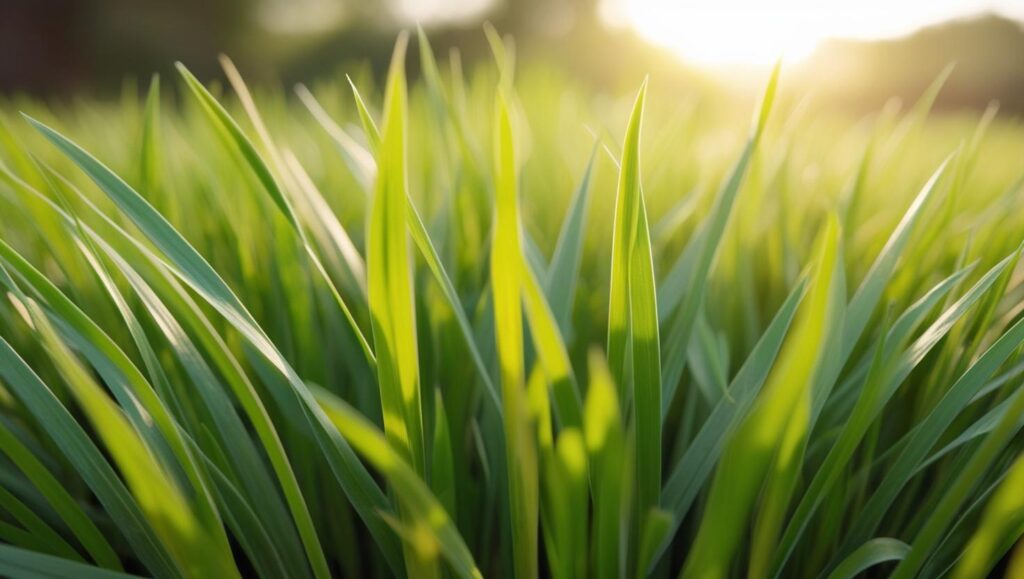How does zoysia grass spread; Ultimate Guide
Introduction of Zoysia grass
Zoysia grass is warm-season grass best known for its resilience and durability. Zoysia is native to southeast Asia. It was introduced to the United States in the late 1800s. Due to its adaptability and resilience now, it is the best choice for lawns and high-traffic areas
Zoysia grass spreads by stolons, rhizomes, and tillers. These are asexual means (plant saxes are not involved) of reproduction in zoysia. Stolons are above-ground and rhizomes are under-ground stems. Tillers are leafy shoots developed from the base of an already existing plant.

Stolons (stem runners on soil surface)
Definition
Zoysia grass spreads by Stolons, are horizontal stems that grow along the soil surface. They produce new roots and shoots from nodes along their length.
Mechanism
Stolons crawl and produce new plants at intervals. These stolons have nodes that produce roots and shoots when they come into contact with soil. Roots move inside soil and shoots as we know move upward and remain on the soil surface.
Impacts/Affects
Stolons are visible on the lawn’s surface, helping fill the bare patches of lawn and forming thick mats. In this way, they outcompete the weeds and make the soil more stable. This feature makes zoysia more durable where erosion and wear can cause lawn thinning.
Rhizomes (stem runners beneath soil)
Definition
Zoysia grass spreads by Rhizomes, are horizontal stems, that grow subterranean or beneath the soil. They produce roots and shoots at intervals as they have nodes and internodes.
Function
Rhizomes make extensive root system. Nodes give rise to new shoots and roots. Shoots come out of soil from nodes as new plants.
Impacts/Affects
Rhizomes provide durability due to extensive root system and expand Zoysia in bare lawns. Rhizomes make zoysia grass resilient. Due to Rhizomatous structure Zoysia can survive adverse conditions like drought and grazing as they resume growth because of stored energy in underground part. Rhizomes also improve soil stability as they bind soil particles by extensive root system.
Tillers
Definition
Zoysia grass spreads by Tillers, These shoots arise from the base of existing plants from a specialized bud under the soil surface. Tillers sometimes detach from the parent plant and behave as individual plants.
Mechanism
Tillers are segmented structures with leaves. They contribute to the shoot system of plants. There are growth buds in the base of zoysia which may rise leafy branches.
impact/affect
Tillers help in vegetative growth, sometimes they also possess flowers and contribute to seed formation. It makes tuft at the base as many tillers arise from a base. In this way zoysia form thick thathes.
Seeds
Zoysia can spread via seeds, which is slower than other propagation methods, such as stolons, rhizomes, and tillers. Seeds are required for initial establishment rather than ongoing lawns

You can also read Kikuyu grass;
Conclusions
Zoysia grass exhibits a remarkable ability to spread and adapt through its unique mechanisms: stolons, rhizomes, and tillers. These asexual reproduction methods enable zoysia to fill bare patches, establish extensive root systems, and enhance its resilience against adverse conditions such as drought and wear. While it can also propagate through seeds, this method is slower and primarily used for initial establishment. Overall, the efficient spreading mechanisms of zoysia grass make it an excellent choice for lawns, combining durability with adaptability to various environments.
